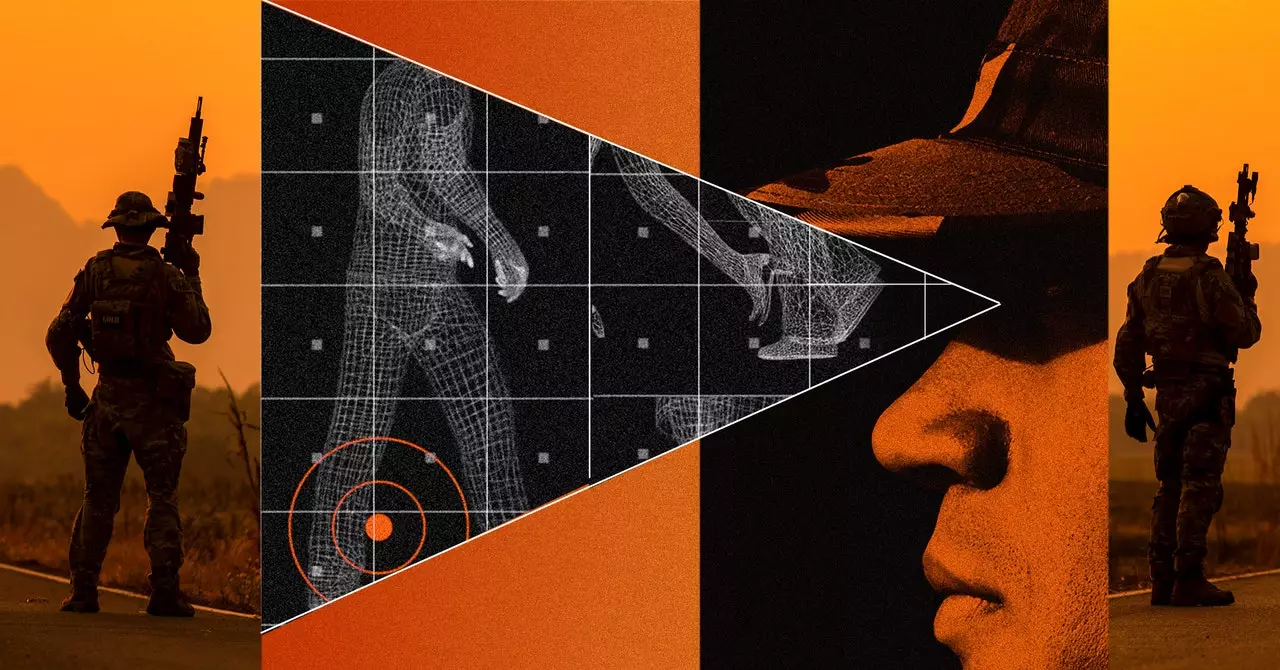The future of warfare is constantly evolving, with new technologies and strategies being developed to stay ahead in an ever-changing landscape. One of the latest concepts to emerge is that of the hyper-enabled operator (HEO), which aims to equip US special operations forces with the tools they need to dominate the battlefield. This article will delve into the key aspects of the HEO concept and how it differs from previous initiatives such as the Tactical Assault Light Operator Suit (TALOS).
Traditionally, warfare has been characterized by physical strength, superior weaponry, and strategic prowess. However, the HEO concept takes a different approach by focusing on cognitive overmatch. This means that the future operator will have the ability to make faster and more informed decisions than the enemy, giving them a significant advantage on the battlefield. By tightening the OODA loop (observe, orient, decide, act), operators can outsmart their adversaries through superior situational awareness and decision-making.
The core objective of the HEO concept is to provide warfighters with the necessary tools to dominate the situation. Instead of relying on advanced body armor or exotic weaponry, the focus is on technology that enhances situational awareness and decision-making. By leveraging sophisticated communications equipment and a robust sensor suite, operators can gather and analyze relevant data in real-time. This information is then distilled into actionable intelligence, accessible through a head-up display, even in environments where traditional communications networks are unavailable.
The TALOS program, which aimed to create an “Iron Man” suit for special operations forces, was ultimately discontinued due to integration challenges. However, the lessons learned from TALOS paved the way for the development of the HEO concept. By shifting the focus from physical enhancements to cognitive capabilities, the HEO program represents a new approach to enhancing the effectiveness of US special operations forces. The goal is to provide operators with the right information at the right time, enabling them to make smarter and faster decisions.
Central to the HEO concept is the use of artificial intelligence to process vast amounts of data and provide operators with real-time insights. By utilizing AI algorithms to analyze body language, heart rates, facial expressions, and ambient conversations, operators can quickly assess potential threats and respond accordingly. This constant stream of information, channeled through a head-up display, acts as a virtual assistant for operators, similar to Tony Stark’s AI companion, Jarvis, in the Iron Man series.
The hyper-enabled operator concept represents a significant shift in the way US special operations forces approach warfare. By prioritizing cognitive overmatch and leveraging advanced technologies, operators can stay ahead of the curve in increasingly complex and dangerous environments. The HEO concept is not about creating superhuman soldiers but empowering them with the tools they need to make better decisions and achieve mission success. As technology continues to advance, the role of the hyper-enabled operator will undoubtedly play a crucial role in shaping the future of special operations warfare.


Leave a Reply